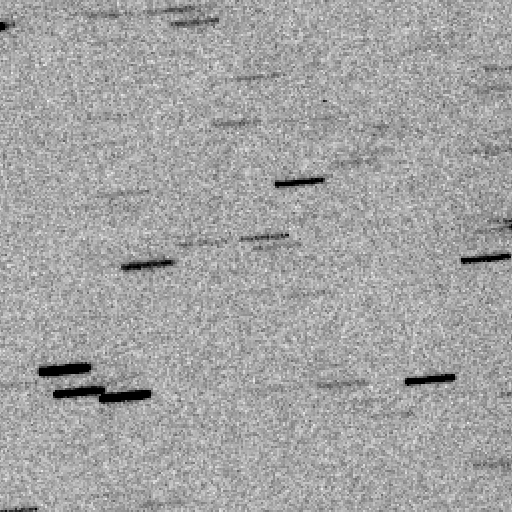'Oumuamua: the first interstellar object found in our Solar System
'Oumuamua: the first interstellar object found in our Solar System

operator neo
On 19 October the Pan-STARRS telescope, one of the NASA-funded surveys dedicated to discovering new NEOs, found an object that proved to be extremely unique: for the first time, an asteroid originated around another star had been spotted when transiting inside our Solar System. The object, first labelled P10Ee5V by the discovery team, was quickly followed up by a few observatories, including by our team using the ESA Optical Ground Station in Tenerife. When combining our follow-up observations with the discovery data from Pan-STARRS, and with additional prediscovery observations also located by the Pan-STARRS team, we immediately noticed something strange: the only way to fit all data together was to assume that the object had an orbit with an eccentricity greater than 1, meaning it was in an unbound hyperbolic trajectory that proved to be extremely unique: for the first time, an asteroid originated around another star had been spotted when transiting inside our Solar System. The object, first labelled P10Ee5V by the discovery team, was quickly followed up by a few observatories, including by our team using the ESA Optical Ground Station in Tenerife. When combining our follow-up observations with the discovery data from Pan-STARRS, and with additional prediscovery observations also located by the Pan-STARRS team, we immediately noticed something strange: the only way to fit all data together was to assume that the object had an orbit with an eccentricity greater than 1, meaning it was in an unbound hyperbolic trajectory.
Comets in slightly hyperbolic trajectories appear in our Solar System quite often, but usually have eccentricities just a bit larger than 1. These are actually normal Solar System comets, coming near the Sun on a highly elliptical trajectory, and then perturbed by our planets into an orbit that is slightly hyperbolic. The most extreme example of such an object was comet C/1980 E1 (Bowell) which, while coming in from the outer edge of our Solar System, had a close approach with Jupiter that changed its eccentricity to 1.057.

However, P10Ee5V was clearly different. The eccentricity was higher, about 1.2, and no close encounter with any known planet had happened during its entry into the inner Solar System. The trajectory suggested it was an object coming into our system from outside, entering with a velocity of about 26 km/s. It was the first known example of an interstellar object visiting our planetary system. Additional observations collected over the next few days confirmed this conclusion, and the object was quickly announced as a comet with the designation C/2017 U1 (PANSTARRS). However, deeper observations confirmed that the object was not active, and should not have been designated as a comet but as an asteroid, leading the MPC to reclassify it as such assigning a variant asteroidal designation in the cometary system, A/2017 U1. A few days later, following a suggestion from the discovery team, the object received the permanent name 'Oumuamua, a Hawaiian composite word suggesting the idea of a messenger coming first from afar. The International Astronomical Union also introduced a new system to designate interstellar objects using the uppercase letter "I", and 'Oumuamua became the first object in this designation scheme with the full designation 1I/'Oumuamua.
Follow-up images of 1I/'Oumuamua as seen by ESA's OGS telescope on 19 October, just 13 hours after discovery. The object is the faint point-like source with roughly horizontal motion visible near the centre of this 5-frame animation. It is overlapping a star in the first image of the sequence. Credits: ESA NEOCC / D. Abreu (Ataman Science), M. Micheli (ESA), D. Koschny (ESA), M. Busch (Starkenburg Observatory), E. Schwab (Taunus Observatory) and A. Knöfel.
Over the next few days detailed observations of the asteroid were collected using some of the largest telescopes in the world, including ESO's VLT. They showed two main characteristics of the object: its colour was extremely similar to a normal asteroid coming from the outer part of our Solar System, but its shape was quite exceptional. The asteroid showed a rotational lightcurve with an amplitude of almost 2.5 magnitudes, which implies a ratio of approximately 10:1 between the longest and shortest dimension of the object. It was one of the most elongated asteroids ever seen. All these results, and a detailed analysis of this exceptional object, have recently been announced in a paper published on the journal Nature, which can be accessed at https://www.nature.com/articles/nature25020.
At the same time, additional astrometric observations led to further improvements in the orbit, which led to a more accurate computation of its original motion in the galaxy before the encounter with the Sun. The object came from the direction of the constellation Lyra, not far from where the bright star Vega is currently located. However, it could not have originated from Vega itself, because the motion of the star was such that it was not in the right direction when the asteroid was at its distance from the Earth. We still don't know in which system 'Oumuamua was born: its velocity is well aligned with the predominant motion of other stars in the local arm of the Milky Way, and it's therefore difficult to pinpoint a specific one as the origin.
